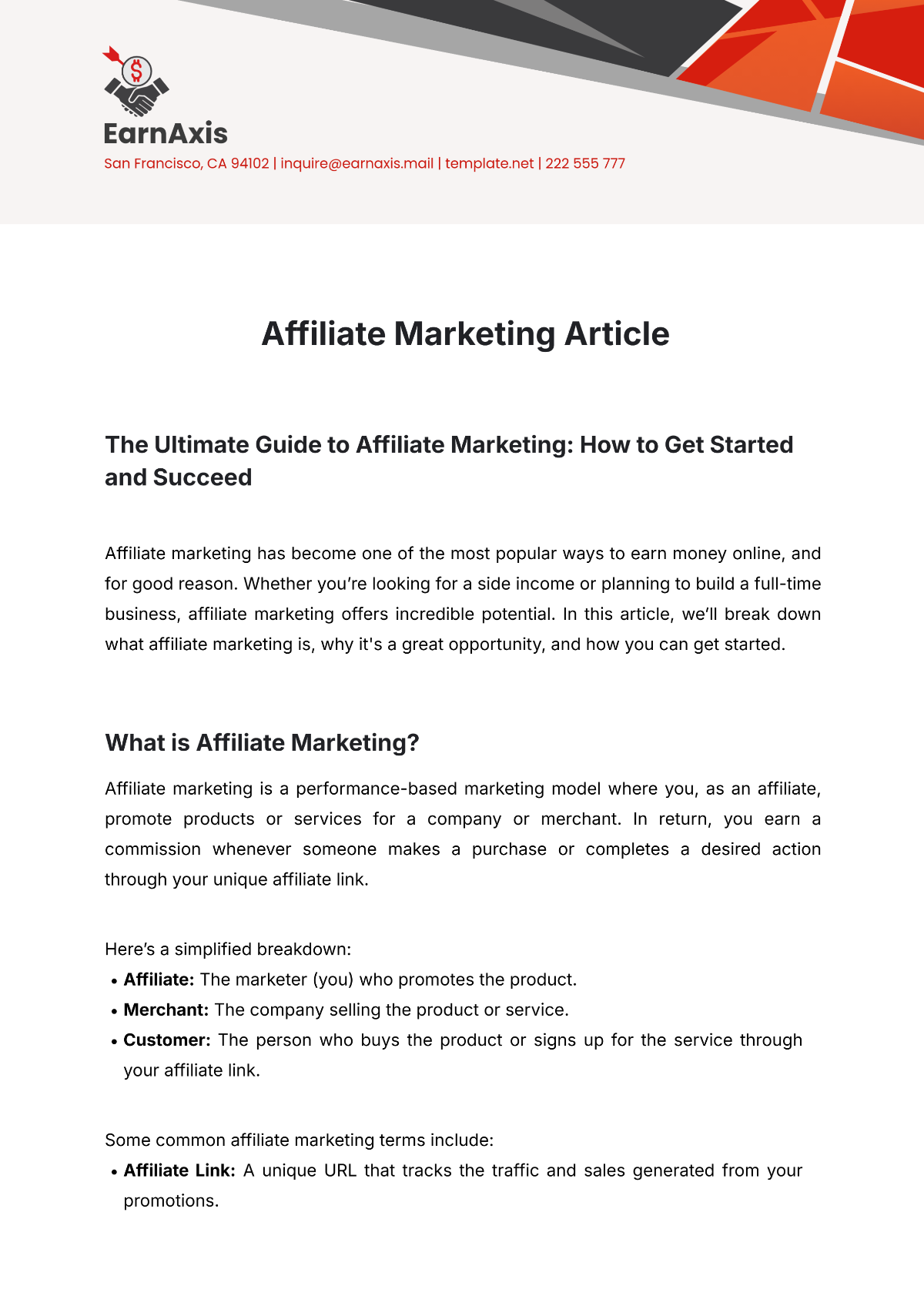ANNOTATION ARTICLE
"Exploring the Power and Purpose of Annotated Content"
Prepared by: [Your Name]
I. Introduction
Annotations play a crucial role in enhancing the understanding and engagement of readers with various types of content. From scholarly articles to online videos, annotations provide additional context, explanations, and insights that enrich the reader's experience. In this article, we delve into the significance and benefits of annotations across different mediums, exploring how they contribute to learning, communication, and comprehension.
II. Understanding Annotations

A. Definition and Types
Annotations are supplementary notes or comments added to a piece of content to provide clarification, commentary, or analysis.
Common types of annotations include textual notes, highlighting, comments, and interactive elements such as hyperlinks and multimedia attachments.
B. Purpose and Function
Annotations serve multiple purposes, including providing background information, defining terms, citing sources, and offering critical analysis.
Depending on the context, annotations can help readers navigate complex concepts, verify information, and engage with content in a more interactive and immersive manner.
C. Applications Across Media
Annotations are used in various forms of media, including academic texts, digital articles, e-books, videos, and presentations.
In academic settings, annotations facilitate scholarly research and discourse by providing references, summarizing key points, and offering scholarly commentary.
III. Benefits of Annotations
A. Enhanced Comprehension
Annotations provide additional context and explanations that aid in the comprehension of complex or unfamiliar topics.
By clarifying concepts, defining terms, and providing examples, annotations help readers grasp the main ideas and nuances of a piece of content more effectively.
B. Active Engagement
Annotations encourage active reading and engagement by prompting readers to interact with the text or multimedia content.
Interactive annotations, such as clickable links or embedded media, allow readers to explore related resources, access additional information, and participate in interactive learning experiences.
C. Facilitated Collaboration
Annotations facilitate collaboration and knowledge sharing among readers, authors, and educators.
Online platforms that support collaborative annotation enable users to annotate shared documents, exchange ideas, and engage in discussions, fostering a sense of community and collective learning.
IV. Challenges and Considerations
A. Accessibility and Usability
While annotations can enhance the learning experience for many users, they may present accessibility challenges for individuals with disabilities or limited access to technology.
Design considerations, such as font size, color contrast, and navigation options, are essential to ensure that annotations are accessible to all users.
B. Privacy and Security
In collaborative annotation environments, privacy and security concerns may arise regarding the sharing of personal information and intellectual property rights.
Platforms and tools that support annotation should prioritize user privacy and data security, implementing robust measures to protect sensitive information and respect users' rights.
C. Quality Control and Moderation
Ensuring the accuracy and relevance of annotations is essential to maintain the credibility and integrity of annotated content.
Quality control mechanisms, such as moderation by experts or community guidelines, help prevent misinformation, spam, and inappropriate content in annotations.
V. Conclusion

Annotations serve as valuable tools for enhancing comprehension, engagement, and collaboration across various forms of media. By providing additional context, explanations, and interactive elements, annotations empower readers to explore, understand, and interact with content in meaningful ways. As technology continues to evolve, the role of annotations in facilitating learning, communication, and knowledge sharing will only grow, shaping the future of digital content consumption and interaction.
For further assistance or collaboration opportunities, don't hesitate to contact me via email at [Your Email]. Let's connect on [Your Company Social Media] to explore potential partnerships or discuss any inquiries you may have. Looking forward to hearing from you!


















































